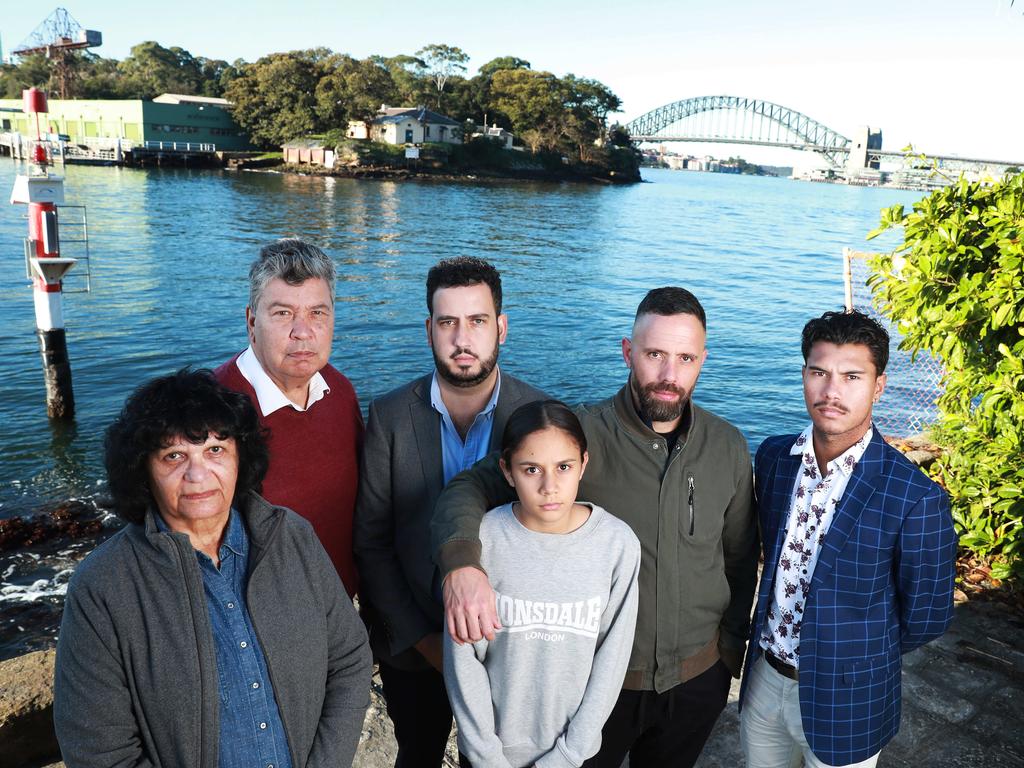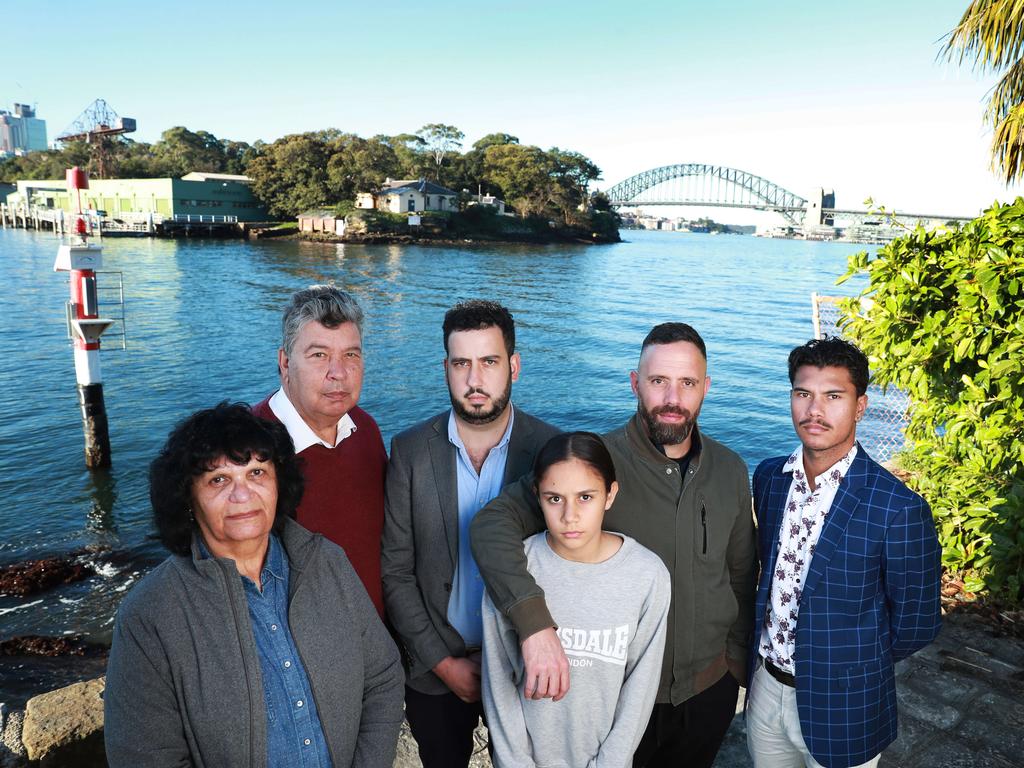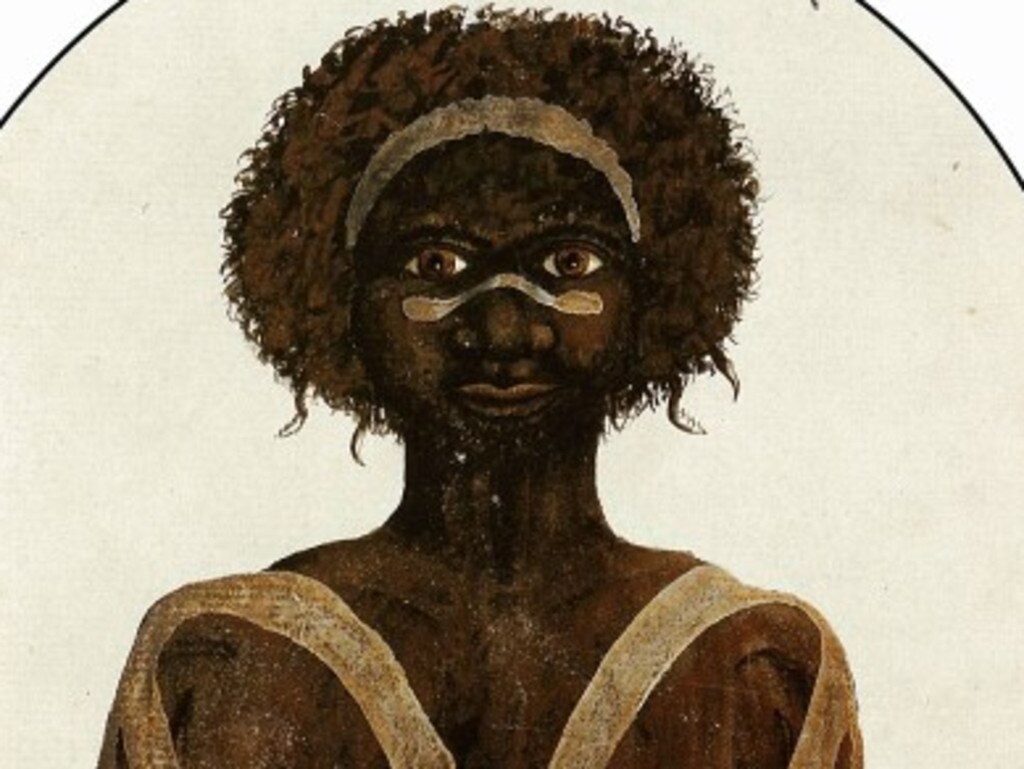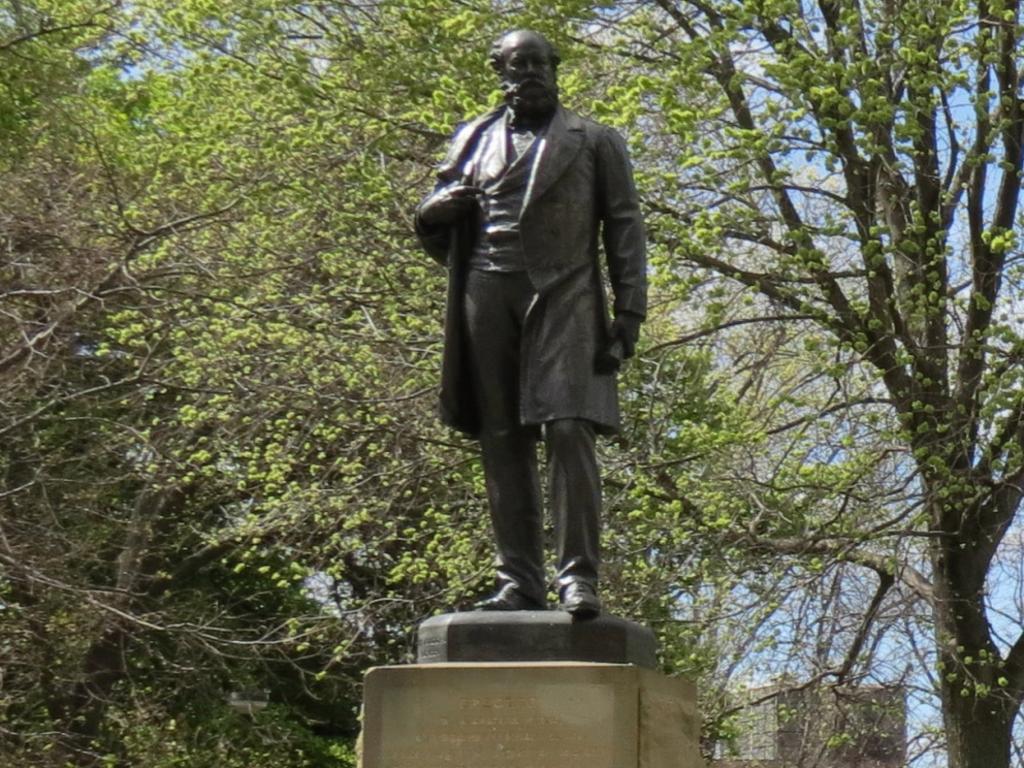Tourism operators hit out at Mt Warning trail ban
A decision to close the world heritage-listed Mt Warning in northern NSW has drawn the ire of local residents and tourist operators.

A state government decision to close the world heritage-listed Mt Warning in northern NSW because it was not “culturally appropriate” to climb has drawn the ire of local residents and tourism operators who say the ban on the summit walk will devastate local tourism.
The NSW government is facing a backlash after it confirmed on Friday that Wollumbin National Park’s Mt Warning hiking trail would be permanently closed, after a group of Indigenous custodians determined the Tweed Valley site was not “culturally appropriate or safe” to climb.
The closure of the world heritage listed site – the first place in Australia to catch the day’s sunrise – was determined by the Wollumbin Consultative Group in collaboration with NSW National Parks and Wildlife Service.
“Public access is not culturally appropriate or culturally safe, Wollumbin should not be a recreational space for the public to visit or use for tourism, including use of the image of Wollumbin for advertising purposes,” the WCG said in its management plan, adding that “Aboriginal stakeholders” sought immediate closure of the site.

Fiona Noble, an Indigenous leader and Wollumbin local, said she was sceptical about the processes of the WCG and the lack of community consultation before last week’s blanket ban against climbing the mountain.
“I’m concerned about the processes of how these decisions get made,” Ms Noble said. “There is a lot of false naming and false stories that goes on.
“I’m not entirely sure who is on this committee (WCG), but the National Parks is just another bureaucracy that doesn’t really get it … There needed to be voices from across the area involved.”
Campground owner Mark Bourchier, who set up his business at the foot of Mt Warning more than a decade ago, said the decision to close the summit walk was done in secret, deliberately excluding local residents.
“There’s no doubt the mountain is the major ticket item, and I think there’s been a gross lack of consultation with local communities over what is actually happening here,” Mr Bourchier said. “It’s been shut for a while because of Covid, but this is really just an excuse.
“I’d like to know who is on this committee, but it’s basically secretive and clearly very one-sided without a balance of local perspectives.
“I understand this is a sacred area and we need to respect it, but I don’t think a blanket ban is the best way to go about it.”
Peggy Lemaire, who has managed a bed and breakfast next to the mountain for the past 15 years, said the closure of Mt Warning was just one among a series of “arbitrary site closures across” the region’s national parks over the past three years.
“Well before the floods or Covid, tourists would come expecting to do hikes or visit different parts of the region, but they would drive 20 minutes to find a particular walk or area had been closed because it was no longer culturally appropriate.”
Ms Lemaire said up to 90 per cent of the area’s national parks could not be accessed, and locals were rarely informed.
“I understand we need to preserve these sites and be respectful. But it is becoming embarrassing when tourists can’t access most of the region,” she said.
An NPWS spokesman said the closure of the mountain walk followed a period of almost two years where tourists could not access the area because of floods and Covid-19.
“A range of consultations have occurred during this period, such as NPWS staff meeting with stakeholders, including representatives from local councils and tourism groups … An initial briefing was also held with Tweed Shire Council,” the spokesman said.







To join the conversation, please log in. Don't have an account? Register
Join the conversation, you are commenting as Logout